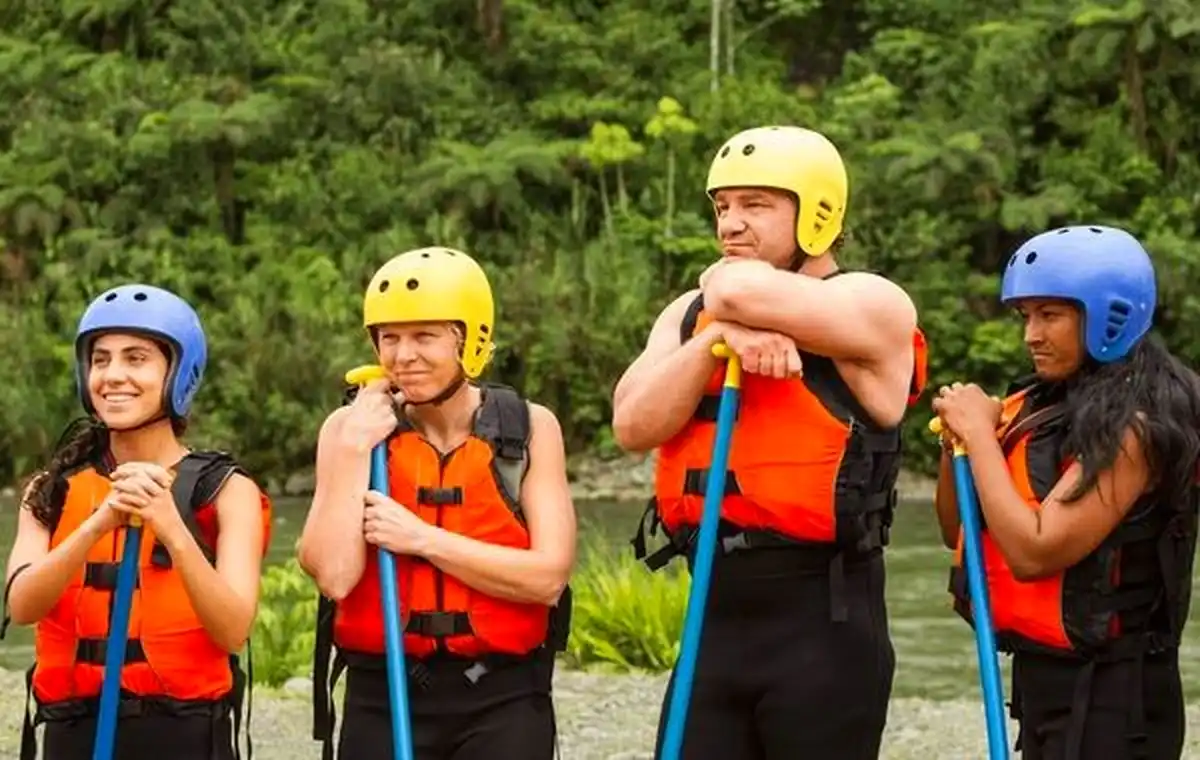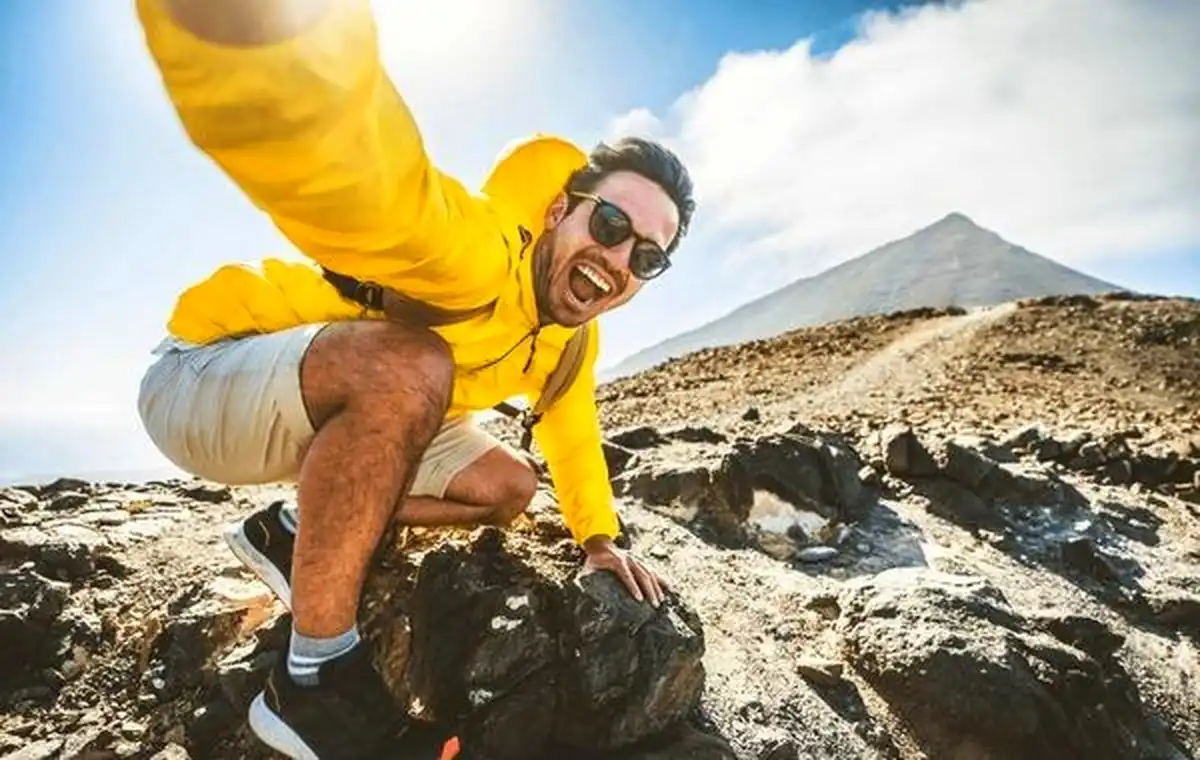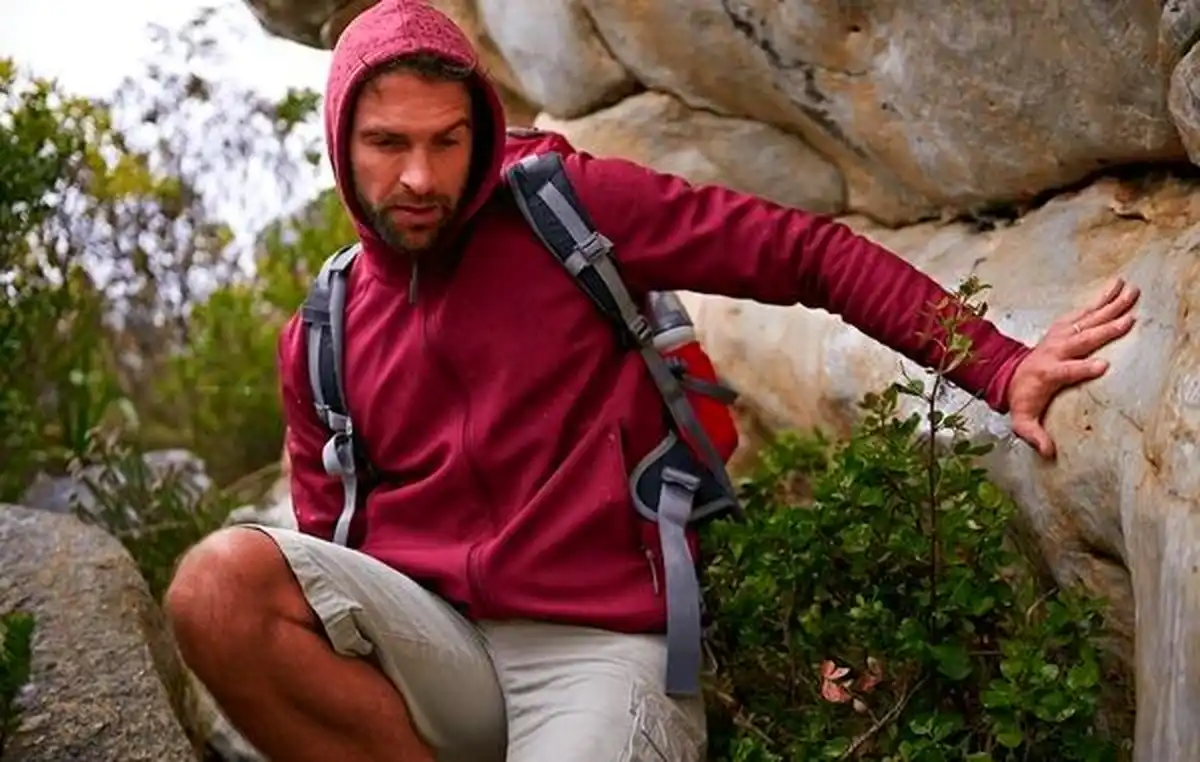
Exploring Hidden Gems: Lesser-Known Sailing Routes for Adventure Travelers
Sophia Romine - Mar 21, 2025 - 13 min read


Whitewater rafting is a thrilling adventure sport that involves guiding a raft through turbulent waters of a river. It involves teamwork, adrenaline, and beautiful scenery. Whitewater rafting can offer experiences nothing else can. Rapids can vary from the easiest Class I rapids to the most difficult Class V rapids.
It is very important to be careful in selecting the perfect river for your first whitewater rafting experience so that safety and enjoyment can be at a maximum level. If you are researching rivers nearby or popular rafting destination sites, try to search for one that fits best according to your skill set and preference. There are points like the river's classification rating, water levels and seasonality which should consider. For new rafting adventurers, it would be easier to take a river with class I or II rapids because these usually have minimal currents and not many hazards.
The very first priority in preparing for a whitewater rafting trip should be safety. You must familiarize yourself with essential safety procedures and equipment before hitting the water. This includes wearing a properly fitted personal flotation device, listening to your guide's instructions, and knowing how to swim. In fact, taking a whitewater rafting safety course can also teach you such skills as self-rescue techniques and how to respond to emergencies on the river.
It's now time to book your whitewater rafting trip. After choosing your river and deciding on a level of difficulty, be sure to research local outfitters, read reviews by past customers, and find a company that you would like to work with. Be sure to book as early as possible, particularly during peak rafting seasons, in order to lock in a spot on your tour. The length of the rafting can range from half-day to multiple days, so it would be best to pick that that suits your schedule and interests. Packing Essentials Preparations for a successful whitewater rafting are rooted in proper packing of appropriate gear. Quick-drying clothes, water shoes or sandals with secure straps, sunblock, hat, sunglasses with a strap to secure them, and other gear such as a waterproof camera or smartphone case in case of rain or bad weather. Pack light and take only what you need. You will probably not have much space on the raft.
Though whitewater rafting can be done by anyone with any level of fitness, preparing oneself physically and mentally for what is to come is also important. Maintain regular cardiovascular exercise, like swimming or hiking, in order to build endurance and stamina. Get acquainted with the basic paddle strokes and maneuvers. Be prepared with the right mindset. End your day by telling yourself you are positive. Come to the rafting destination and get ready for that out-of-the-box, not knowing what might be the outcome, sense of adventure.
Once you enter the river, it is very important to listen carefully to your guide instructions and to follow them. The guide is trained on the safe and efficient movement in the rapids; thus, trust them completely. Pay attention to the commands of your guide, communicate with other rafters in the raft, and everyone will be on the same page. Teamwork is the key to the success of a rafting trip, so work as a team to conquer each rapid and overcome any obstacles that might come your way.
White water rafting has much to do with the journey rather than with the destination. Take your time to get accustomed to the beauty that surrounds you. Drench in the beauty of towering cliffs, dense forests full of biodiversity, and a range of wildlife. Feel the thrill of overcoming every rapid. Don't forget to take time along the way to swim, rest, and recharge with snacks and water.
But most of all, safety is first when it comes to any whitewater rafting adventure. Keep your wits about you and watch out for hazards such as rocks and branches, and be ready to respond quickly if the conditions change. If you fall out of the raft, don't panic: float on your back with your feet downstream, and wait for your guide or fellow rafters to come and assist you. And don't forget to enjoy yourself, even when things get tough and uncertain at times.

Sophia Romine - Mar 21, 2025 - 13 min read

Emily Hazel - Mar 17, 2025 - 8 min read

Lily Hofer - Mar 13, 2025 - 7 min read

Mia Gaitan - Mar 6, 2025 - 9 min read